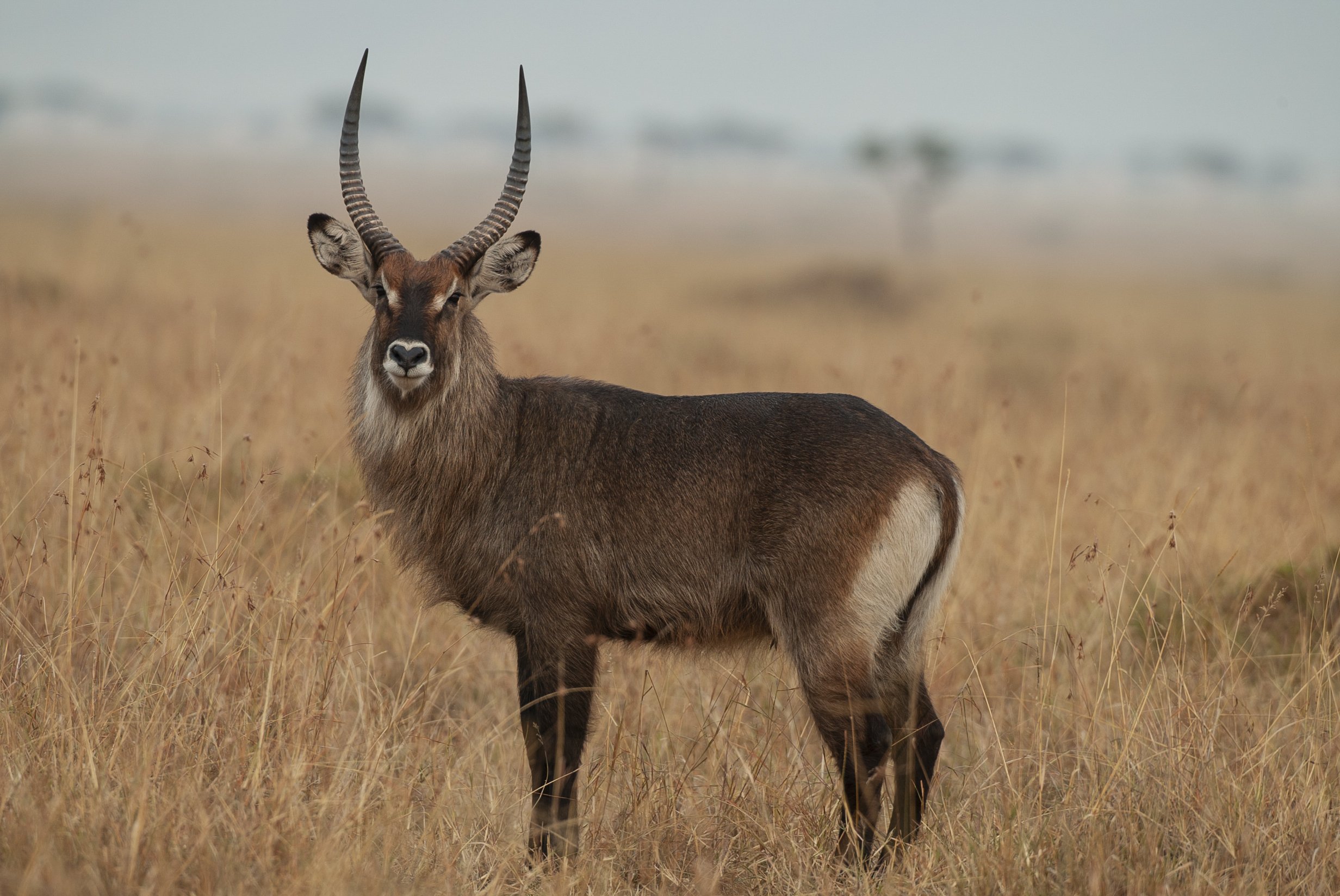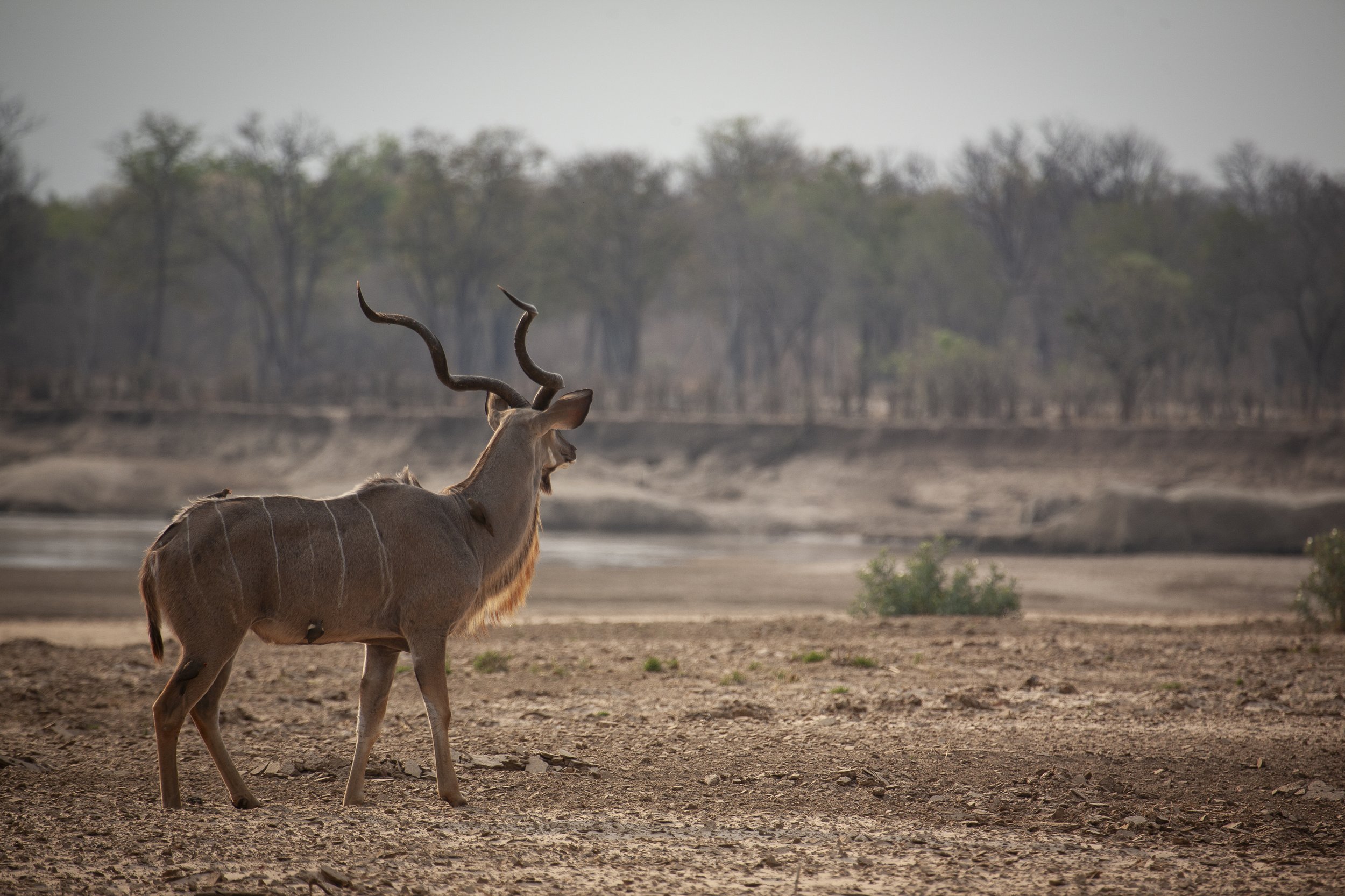March 2024
Unsung heroes of Africa…meet the antelopes.
I’ve always been a big fan of antelopes and their kin, some of my favourite animals to watch in the UK and Europe are deer and I’ve a life long passion for horses too. They are some of the most graceful and aesthetically pleasing animals on the planet. I’m guessing that this could of course relate back to an innate appreciation for prey species, which we would have observed intimately in our past with an eye to hunt them or capture them ourselves. The ‘ungulates’ to give them their scientific name, are fleet of foot and wary, their inclination is always to flee, rarely standing to fight.
Antelopes are almost always overlooked by eco tourists on safari in Africa, understandably so when you are surrounded by the rockstars of the savannah, the Big 5 and other impressive mammals that have captured our attention and imaginations for hundreds of years. With these animals though we are literally just looking at the tip of the ecosystem iceberg. If it weren’t for antelopes and other main prey species, we wouldn’t have the apex predators or healthily functioning ecosystems. They are there to keep the dynamic of the bush in check, opening up opportunities for others and filling in gaps in the system when they appear. As such they fulfil an infinite number of roles and therefore come in all sorts of shapes, sizes, have bizarre behaviours and keep the predators on their toes.
Take the gerenuk for instance, (that’s the one on it’s back legs browsing smaller scrub), long neck like a giraffe, long stilt-like legs and huge eyes and ears, keeping a constantly rotating radar whilst it’s head is buried amongst the twigs and branches. The heavy-set waterbuck and lechwe, staple in the marshlands of the Okavango Delta. These guys are a great source of info for the photographer, just watch where they are looking, where their ears are listening and notice the stiffening of their demeanour, readying to run and more often than not there will be a leopard on the approach.
The topi are unusual members of the hartebeest family, their characteristic statue pose atop a termite mound is believed not only to confer superiority in terms of lekking behaviour (a form of mate choice) but also allows them to stand out in the searing heat of the sun all day long due to their mild cooling effects of the mound. They are simply incredible given that you will often see them shimmering through the blistering and wobbly heat haze when you are running for the cover of canvas or the shade of a tree.
Some antelopes are gregarious whilst others are fiercely monogamous, living in large herds or leading a predominantly solitary existence, there is literally an antelope for all occasions and therefore no real excuses for the savannah photographer not to get involved with them and stop driving straight past them. You just need to look a little harder sometimes especially for the whole host of dwarf antelopes which remain even more hidden from view such as the dik-dik, klipspringer, duiker amongst others. I will keep their tales for another post.
Some antelopes excel at living in areas that are arid and dry, parched you might say, sustaining themselves in the dust and tinder dry grass. The gemsbok or oryx of the Kalahari can lend themselves to very atmospheric images when their tempers are frayed or frazzled coupled with an amazing sunset. What you don’t see in this image is that the series was taken in a matter of minutes, it was a brief tussle of two males, having had a reasonably unsuccessful day since dawn. With luck this was used as the cover for a novel (When the Lion Feeds) by world famous adventure author, Wilbur Smith, made my day to see it.
We need to remember that where there are prey, the predators will come and in the meantime you will be rewarded with some incredible insights into animal behaviour and time to appreciate the beauty of antelopes and their diversity. I can’t rate them enough.














